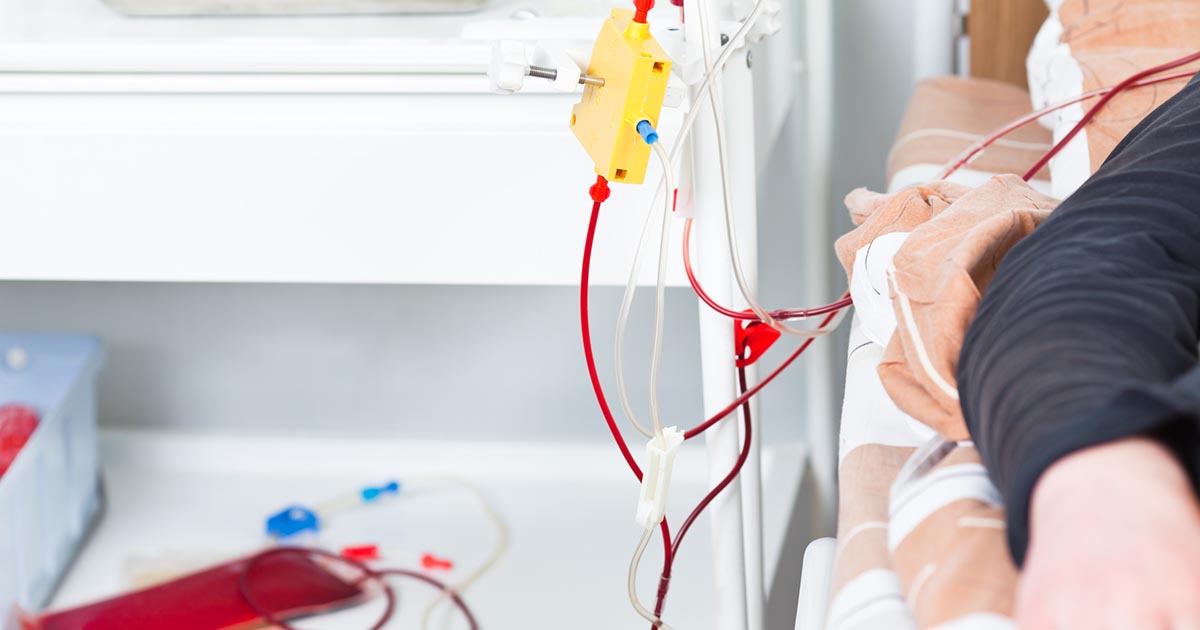Guide To Treating Nephrogenic Systemic Fibrosis
Nephrogenic systemic fibrosis is a progressive disease that affects the skin and vital organs. Nearly all cases of this condition develop in patients who have severe chronic renal insufficiency. For many of these patients, exposure to gadolinium (a contrast agent sometimes injected for MRI scans) triggers the disease, and symptoms can develop within days or months of exposure. Unfortunately, nephrogenic systemic fibrosis advances rapidly, and it can be fatal. Initial symptoms typically include swelling and hardening of the skin on the arms and legs. Patients frequently experience a thickening of the skin that impedes movement, and the areas involved may feel itchy and painful. If nephrogenic systemic fibrosis involves muscles and organs, symptoms may include blood clots, muscle weakness, bone pain, and yellowing of the whites of the eyes (the sclera). The disease can impair the function of the heart, lungs, diaphragm, liver, and gastrointestinal tract. To diagnose this condition, doctors perform a physical exam, and both skin and muscle biopsies are taken.
The treatment methods described below are typically recommended for nephrogenic systemic fibrosis.
Kidney Transplant

A kidney transplant may be appropriate for certain patients with nephrogenic systemic fibrosis. The transplant improves overall kidney function, and this can improve nephrogenic systemic fibrosis symptoms. Kidney transplants may provide a higher quality of life, lower treatment cost, lower risk of dying, and fewer dietary restrictions as compared to dialysis. Kidney transplants can be performed using a live donor, and a single donated kidney replaces two failing kidneys. Risks associated with this procedure include failure or rejection of the transplanted kidney, blood clots, infection, and a leak or blockage in the ureter. After having this procedure, patients typically stay in the hospital for up to one week, and they are closely monitored with blood tests several times a week for the first few weeks after returning home. Patients will be required to take anti-rejection medication for the rest of their lives. These medicines can cause bone thinning, puffiness, weight gain, hypertension, and high cholesterol.
Uncover more options for treating nephrogenic systemic fibrosis now.
Plasmapheresis

Similar to dialysis, plasmapheresis is a process that filters the blood, removing specific antibodies from a portion of the blood known as plasma. The procedure makes it possible for a patient to safely receive a kidney transplant from a donor who has an incompatible blood type. To begin the procedure, a nurse places a needle and intravenous (IV) line in each of the patient's arms. Alternatively, a central line or port access can be used instead. Next, an anticoagulant is added to the patient's blood to prevent the formation of clots, and both the blood and the anticoagulant flow into a machine. Inside the machine, the blood is separated into plasma and other components. Next, replacement fluid is added to replace the plasma that has been separated. Finally, the replacement fluid and blood components (minus the plasma) are returned to the patient's body through the second IV line. While receiving plasmapheresis, patients may experience low blood pressure, fatigue, dizziness, and a tingling sensation in the fingers or mouth. Patients will be monitored closely during the procedure, and they should notify a nurse immediately if they develop any of these side effects.
Learn more about how to treat nephrogenic systemic fibrosis now.
